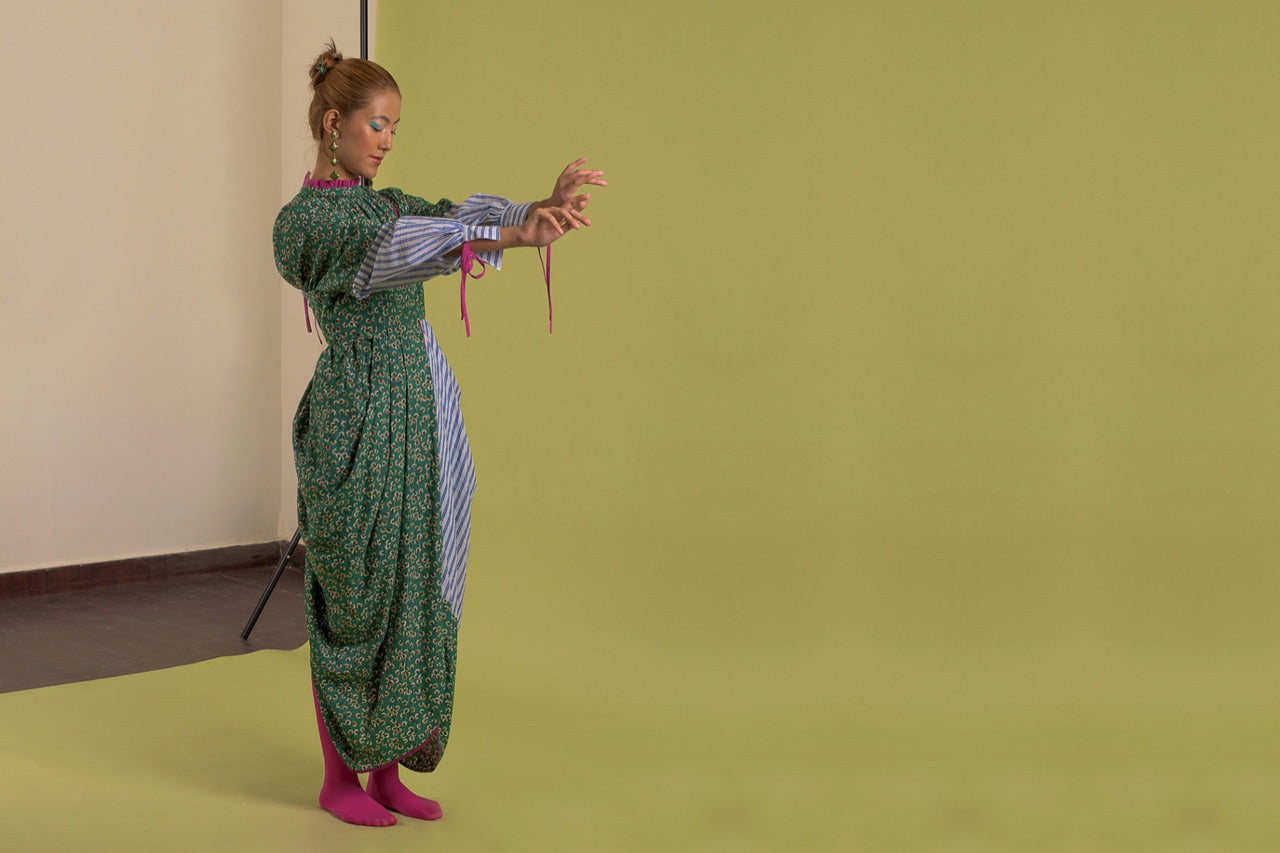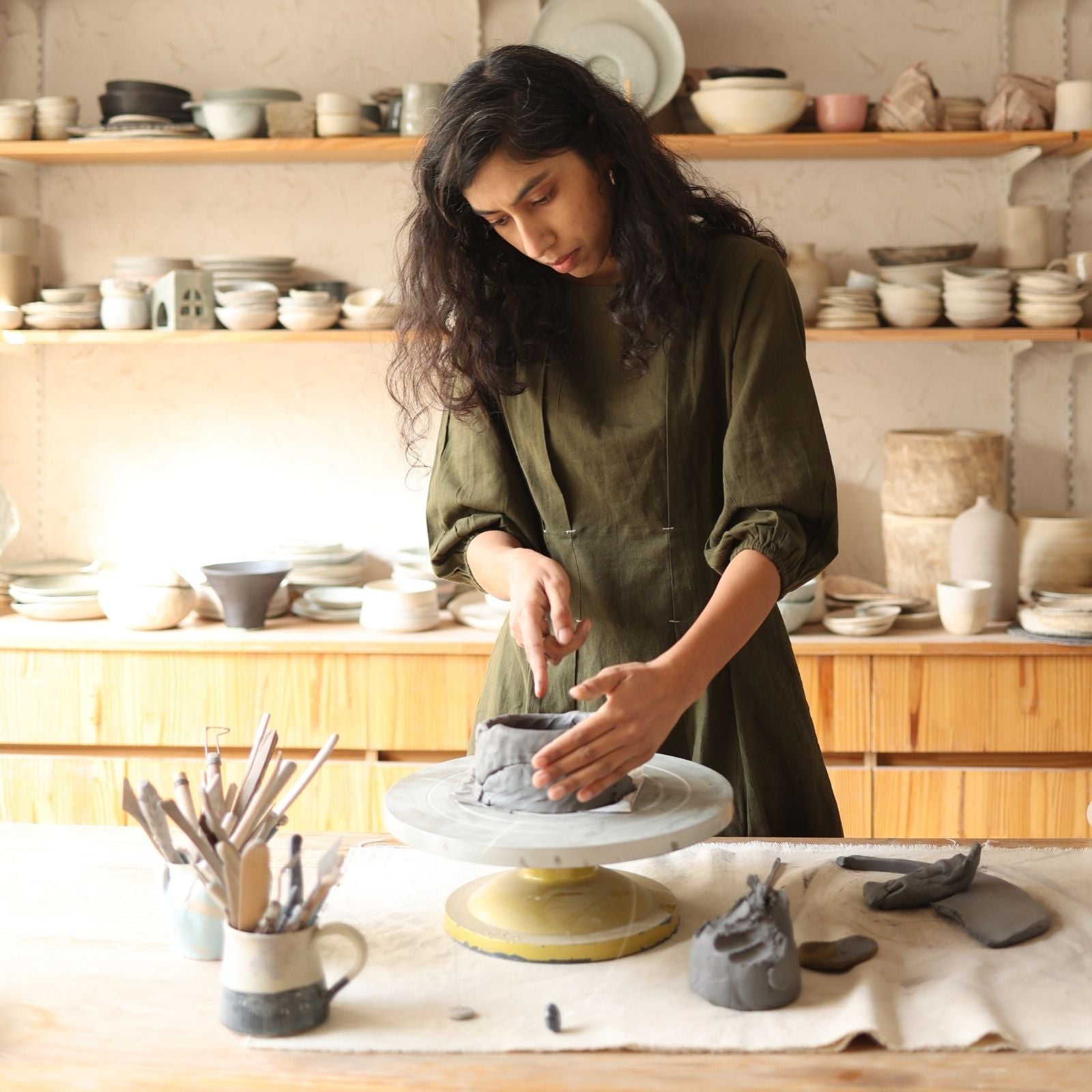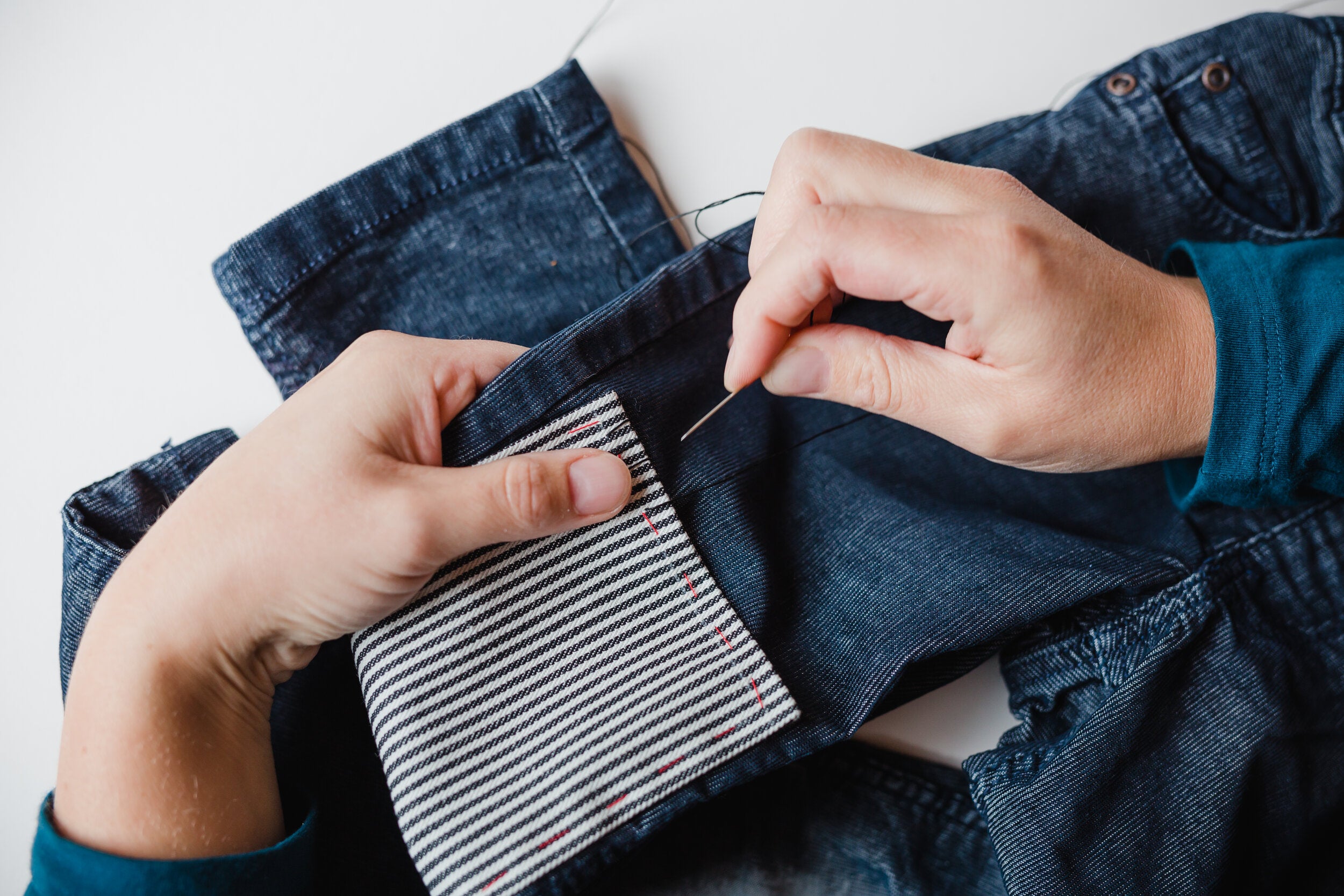
The Future of Sustainable Fashion- Innovations and Trends to Watch
As the world is becoming more aware of the negative environmental impact of fast fashion, sustainable fashion is rapidly gaining momentum as a future trend. Consumers are becoming conscious of their buying habits and are looking for more sustainable options to fast fashion. This shift in consumer behavior is driving innovation in the fashion industry, with designers and brands looking for more ways to create sustainable products without sacrificing style or quality.
Recycled clothing brands are becoming increasingly popular amongst millennials, these brands are committed to sustainability and are shaping the future of sustainable fashion.
There are many recycled clothing brands out there, ranging from small, independent labels to larger, well-known ones. At Doodlage, we specialize in using only waste or low impact material, while most brands incorporate recycled materials into their collections alongside large quantities of harmful material.
Today, we are going to explore the future of sustainable fashion and the innovations and trends to watch out for.
1. Material Innovations
The fashion industry is known to be at the forefront of innovation. Textile technologies and textile innovations have constantly grown at a rapid pace allowing for explorations and futuristic interventions that better the planet we live on. These innovations include recycled plastics, plant-based fibers, and even lab-grown materials. One such innovation is the development of Mycoflex material and Ecovative a New York based company is acing it with their revolutionary technology. Mycoflex is a sustainable leather alternative made from mycelium, the root-like system of mushrooms. As a material, Mylo delivers the timeless aesthetic and luxurious feel of leather, but without the planetary impact associated with raising livestock.
Phool.co, a brand known for their use of flower waste in crafting divine incense and other natural products, is developing leather from temple flower waste.
Also, Mexican entrepreneurs Adrián López Velarde and Marte Cázarez have uncovered a surprising source of leather hidden beneath the spiny armor of the Nopal cactus. With their innovation called Desserto, they have introduced a fresh alternative to animal-based leather.
2. Upcycling
Upcycling can be described as a creative way of reusing clothing and textiles. It involves taking old or unwanted clothing and transforming them into new and improved custom articles. This process of upcycling can include adding embellishments, changing the style or design, or combining pieces to create sustainable designer dresses for women and men. Upcycling is an excellent way to give new life to old clothing and textiles, while reducing waste and conserving resources.
3. Rental Fashion
Rental fashion is a sustainable alternative to buying new clothes. It involves renting clothing items for a set period, usually a few days or weeks, and then returning them. This allows consumers to enjoy new clothes without contributing to the waste and pollution associated with fast fashion.
Renting clothes not only reduces waste but can also be more cost-effective for consumers. Instead of spending money on clothes that may only be worn a few times, renting allows consumers to have access to a wider range of clothes for a fraction of the cost. Following are some of the best brands you can rent designer clothes in India:
- FLYROBE
- RENTITBAE
- RENTACLOSET
- SWISHLIST
- LIBERENT
- WRAPD
4. Vintage Fashion
Vintage fashion is another sustainable trend that involves buying secondhand clothing items. Vintage clothing refers to clothing that is at least 20 years old, while secondhand clothing refers to any previously owned clothing item. In addition to being sustainable, vintage clothing is often of higher quality than fast fashion items. Many vintage items are made with higher quality materials and craftsmanship, making them more durable and long-lasting.
Notable brands like The Local Vintage, Lust Thrift, Carol's Shop are pioneering the ideals of slow fashion and mindfulness by highlighting the culture of buying pre-loved clothing in India.
Assam-based Lust Thrift sources its vintage from brands like Chanel, Versace, Christian Louboutin and Balenciaga. They particularly look out for designs in plus-sizes to ensure inclusivity; and also curate pieces with minor wear and tear, to upcycle and revive.
The Local Vintage have womenswear curated from the local markets in India, and also offer exclusive private vintage collections that share a story of their own through dresses, blouses, accessories, and more.
5. Circular Fashion
Circular fashion is another trend that is gaining traction in the sustainable fashion scene. It involves designing products that can be reused, repaired, or recycled at the end of their life cycle. This helps to reduce waste and create more sustainable fashion.
At Doodlage we have embraced this trend of circular fashion while working with waste generated by factories and giving it a new lease of life. We transform discarded fabrics and materials into unique and stylish clothing that is both fashionable and sustainable. Moreover, we also recycle our own waste into paper for our packaging, so you can feel good about every part of your purchase.
6. Technological Innovations
Technology is playing an important role in shaping the future of sustainable fashion. From 3D printing to artificial intelligence, technology is being used to develop new materials, design clothes more efficiently, while reducing waste in the production process. As the world progresses, new trends are moving the world. Here are a few megatrends moving both, sustainable fashion and Fashion Tech.
3D Printing in Fashion
With 3D Printing, we can create clothing without any waste and using materials that are more environmentally friendly than traditional fabrics like cotton. This cutting-edge technology allows for the use of recyclable and easily reusable materials, drastically reducing the amount of wastage of water and clothing ending up in landfills.
3D printing can help retailers to manufacture parts within hours, which speeds up the prototyping process. This allows for each stage to complete at a fast pace. Print on demand is another big advantage of this technology as it doesn’t need a lot of space to stock inventory, unlike traditional manufacturing processes. This allows to save space and costs as there is no need to print in bulk unless required.
Ink made out of CO2
Another revolutionary technological innovation comes from Graviky Labs - a company which has unlocked the potential of carbon dioxide from the atmosphere by transforming it into valuable resources such as polymer and ink. This innovative ink, known as Air-Ink, has a myriad of uses ranging from artistic endeavors to creating fashionable apparel.
Waterless Textile Dyeing
Color is an indispensable aspect of fashion, adding vibrancy and personality to clothing. Yet, the process of dyeing textiles often comes at a high cost to the environment, with toxic dyes polluting our waterways and vast amounts of water being consumed.
Fortunately, Mumbai-based company Deven Supercriticals has innovated a method to dye fabrics without using water. Their process harnesses the power of supercritical fluid processing, employing carbon dioxide that already exists in the atmosphere as a solvent to infuse dye onto fabrics. This revolutionary waterless technique will potentially conserve tonnes of water that is currently utilized globally in the dyeing process.
The Bottom Line
Sustainable fashion is the future of the fashion industry. Innovations in materials, circular fashion, and slow fashion are driving the industry towards a more sustainable and ethical future. As consumers become more conscious of their buying habits, it is up to brands to meet their demands for sustainable fashion choices. The future of fashion is sustainable, and the innovations and trends are just the beginning of a new era of fashion.






Leave a comment
This site is protected by hCaptcha and the hCaptcha Privacy Policy and Terms of Service apply.